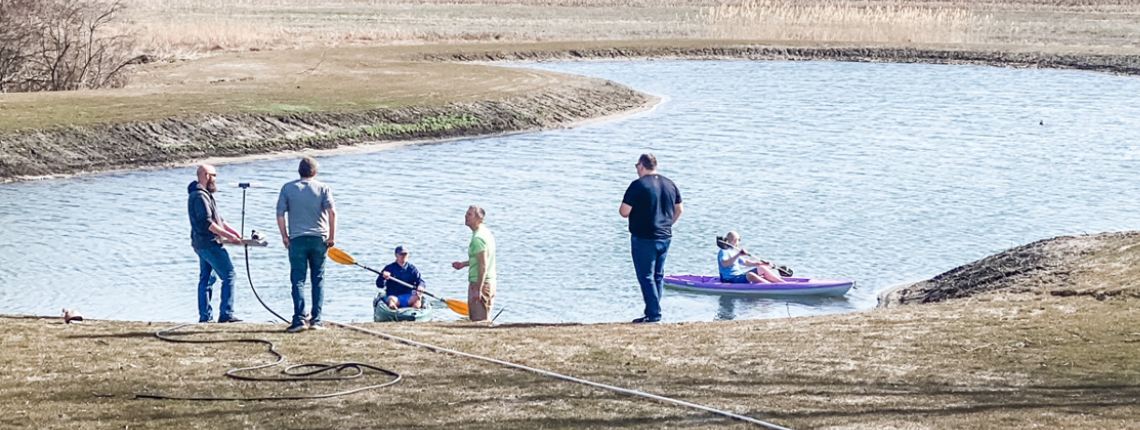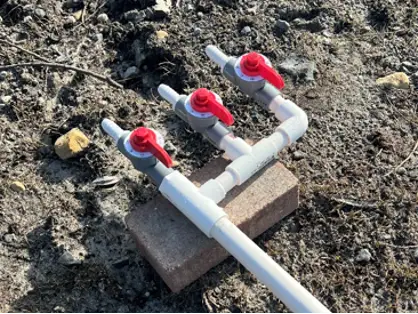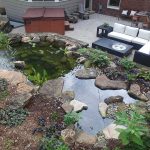Welcome to our comprehensive guide on DIY pond aerators! A pond aerator is a crucial component for maintaining a healthy aquatic environment in your pond. By increasing the oxygen levels in the water, aeration helps promote the growth of beneficial bacteria, supports fish health, and prevents the buildup of harmful algae.
Why You Need a Pond Aerator
Proper aeration is essential for the overall health of your pond ecosystem. Oxygen is vital for the survival of fish, plants, and other aquatic life in your pond. Without sufficient oxygen levels, your pond can become stagnant, leading to foul odors, algae blooms, and fish kills.
By installing a DIY pond aerator, you can ensure that your pond remains well-aerated, promoting a healthy environment for aquatic life to thrive. Aeration also helps to circulate water, prevent stratification, and improve overall water quality.
Benefits of DIY Pond Aeration
There are numerous benefits to implementing a DIY pond aerator in your water feature:
- Improves water quality
- Reduces algae growth
- Enhances fish health and growth
- Prevents foul odors
- Supports beneficial bacteria
- Prevents ice formation in winter
DIY Pond Aerator Options
When it comes to DIY pond aerators, there are several options available, depending on the size and depth of your pond. Some popular DIY aerator designs include:
| Aerator Type | Description |
|---|---|
| Air Stone Aerator | Uses an air compressor to pump oxygen into the water through air stones or diffusers. |
| Surface Agitator | Creates surface turbulence to enhance oxygen exchange between air and water. |
| Solar-Powered Aerator | Utilizes solar energy to power an aerator for eco-friendly aeration. |

Credit: www.youtube.com

Credit: www.hiblow-usa.com
DIY Pond Aerator: Step-by-Step Guide
Ready to build your own DIY pond aerator? Follow these steps to create an effective aeration system for your pond:
- Choose the type of aerator that best suits your pond size and budget.
- Gather the necessary materials, including air pumps, tubing, air stones, and other components.
- Install the aerator in a location where it can effectively aerate the entire pond.
- Connect the air pump to the air stones or diffusers using the tubing.
- Place the air stones or diffusers at the bottom of the pond for optimal aeration.
- Power on the aerator and adjust the airflow to achieve the desired level of aeration.
- Monitor the oxygen levels and water quality in your pond regularly to ensure proper aeration.
Tips for Maintaining Your DIY Pond Aerator
Proper maintenance is key to ensuring the long-term effectiveness of your DIY pond aerator. Here are some tips to help you maintain your aeration system:
- Clean the air stones or diffusers regularly to prevent clogging and maintain optimal airflow.
- Check the air pump for any signs of wear or damage and replace any faulty components as needed.
- Monitor the oxygen levels in your pond and adjust the aerator settings accordingly to meet the oxygen requirements of your aquatic life.
- Inspect the tubing for leaks or blockages and replace any damaged sections to maintain proper airflow.
- Winterize your aerator if you live in a cold climate to prevent damage from freezing temperatures.
Conclusion
Investing in a DIY pond aerator is a practical and effective way to improve the health and vitality of your pond ecosystem. By increasing oxygen levels and promoting water circulation, aeration helps create a balanced aquatic environment that supports the growth of fish, plants, and beneficial bacteria.
Whether you opt for an air stone aerator, a surface agitator, or a solar-powered aerator, implementing aeration in your pond is a wise decision that will pay off in the long run. Remember to follow our step-by-step guide and maintenance tips to ensure that your DIY pond aerator continues to function optimally for years to come.
With proper aeration, you can enjoy a beautiful and healthy pond that brings joy and tranquility to your outdoor space. Start your DIY pond aerator project today and watch your pond thrive!





